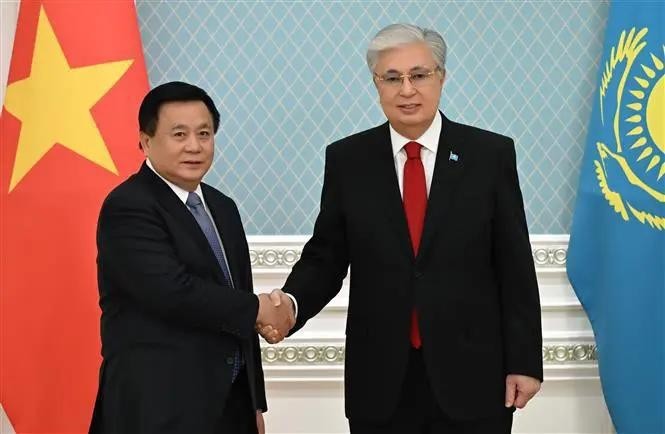Submarine Cables in East Sea: Reactions of Southeast Asian Countries (Part 1)
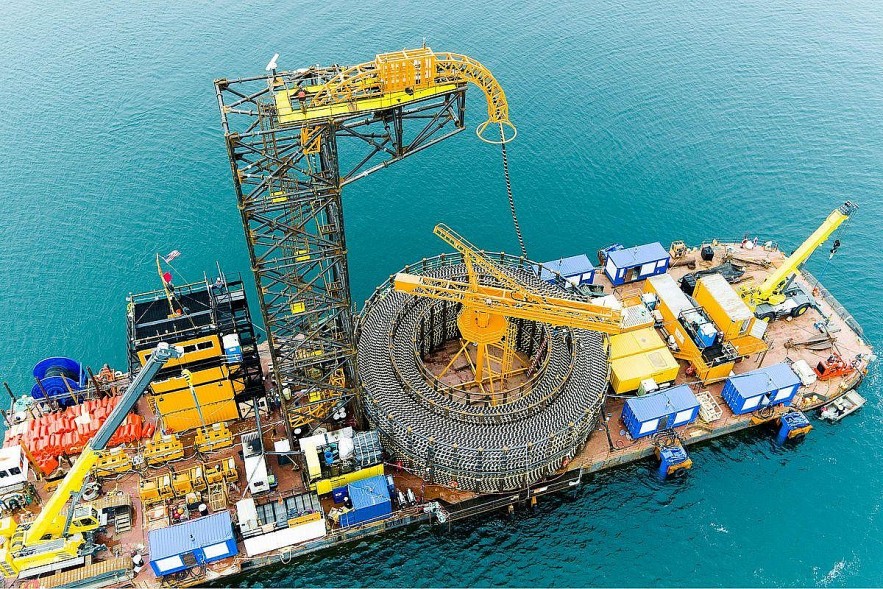 |
| Photo: vpdf.org.vn |
In the region, great power competition can lead to changes in submarine cable systems and the correlation of forces among regional countries.
Some Southeast Asian countries could become hubs for new trans-Pacific networks, while others risk being left out, unable to connect to major cable systems.
Submarine cables - new competitive front in East Sea
Submarine cables are becoming a major concern of the US and China alongside silicon chips, rare earths, 5G, AI, space, navies and air forces.
US's strategy
In the context of US-China technology separation, the US government under President Trump announced the Clean Network program to prevent US submarine cable projects from using Chinese technology.
The US also prevents foreign competitors from accessing US goods and technology to develop undersea cables.
This is also a step to reduce the possibility of China taking advantage of submarine cables to collect data or destroy strategic assets in the event of conflict.
At the strategic level, this is an effort to restrain China from becoming the world's dominant manufacturer of advanced technology in the field of submarine cables.
Then, the US intervened in private cable projects to prevent Chinese telecommunications companies from winning cable construction contracts, forcing them to reroute, or eliminated cable routes that can directly connect the territories of the two countries.
The US blocked four trans-Pacific cable projects planned by Google, Amazon, Apple, Meta and Microsoft to be located in Hong Kong, China due to concerns about the risk of national data exposure and interception by China.
Instead, Facebook and Google are building Apricot, the first intra-Asia submarine cable to avoid Hong Kong, bypassing China and Vietnam.
The 12,000 kilometer submarine cable will connect Japan, Taiwan, Guam, the Philippines, Indonesia and Singapore but does not include Malaysia. It is considered a pillar of America's competition to dominate the global Internet.
China's strategy
Since the 1990s, the PLA and China's Ministry of Information Industry focused on developing submarine cable technology.
In 2002, the PLA first used the country's undersea cable laying system and deployed fiber optic cable laying ships in 2015, then gradually participated in the international market.
Efforts to promote China's undersea cable network are within the framework of the "Digital Silk Road" initiative to enhance connectivity between China and more than 130 participating countries, and the “Made in China 2025” plan, aiming to seek market share in strategic sectors, including capturing 60% of the global market for optical transmission equipment.
China required new procedures, delayed licensing construction and repair of submarine cables of other countries in waters claimed by China.
China requested approval of the new cable installation project for national security reasons, significantly delaying the implementation of two projects SJC2 (Southeast Asia Japan Cable) and ADC (Asia Direct Cable).
This delay may be China's retaliation against US efforts to dislodge Chinese telecommunications companies.
Overall, China is said to be using submarine cables as a policy tool to redraw the digital map of Asia.
China also uses cable laying activities to assert its presence in waters that it claims as its sovereignty.
Trend of countries and large corporations building cables avoiding East Sea
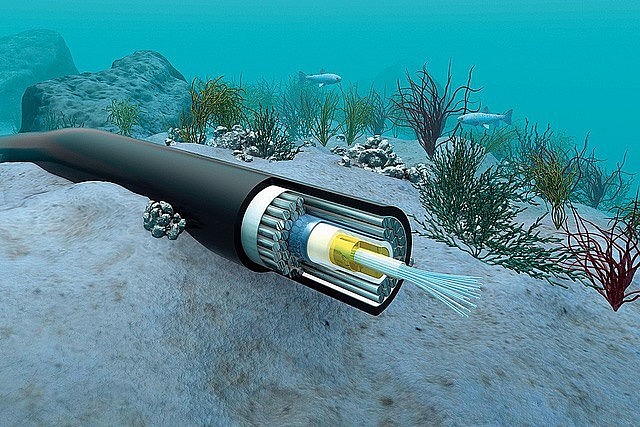 |
| A submarine cable. Photo: VNS |
As undersea cables are becoming a front for US-China competition, major technology and telecommunications companies are facing many risks and delays in the construction of cable routes along the bottom of the East Sea.
Over the past 2-3 years, these companies encountered many difficulties in obtaining licenses, especially for territorial waters that China claims. Accordingly, minimizing that risk is becoming one of the top priorities for new projects.
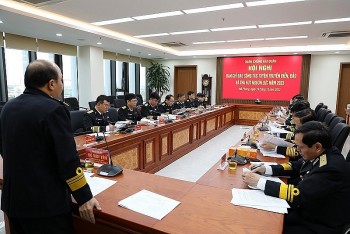 | Propaganda and Communication on the Sea and Islands in 2023 In 2023, the People's Navy held many activities with diverse forms and practical content to contribute to providing information and ideological orientation for officers, soldiers, ... |
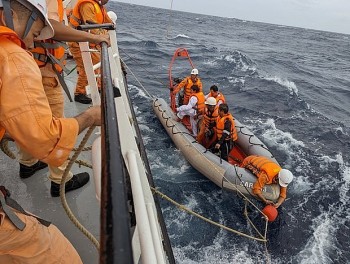 | Vietnam Maritime Rescue Force Supports Fishermen At Sea The Vietnam Maritime Search and Rescue Coordination Center (Vietnam MRCC), home of the orange-shirted soldiers, carries the mission of protecting fishermen at sea and international ... |
 | Dak Lak Exhibits Photos, Films, Models of Truong Sa Archipelago The Central Highlands province of Dak Lak introduces 97 photos, 5 films, and 21 models of Truong Sa archipelago in an exhibition titled "Truong Sa ... |
Recommended
 Seas and islands
Seas and islands
Vietnam Endorses Common Voice on Ocean Jurisdiction
 Seas and islands
Seas and islands
Dialogue as Key to Settling Disputes and Advancing Law of the Sea
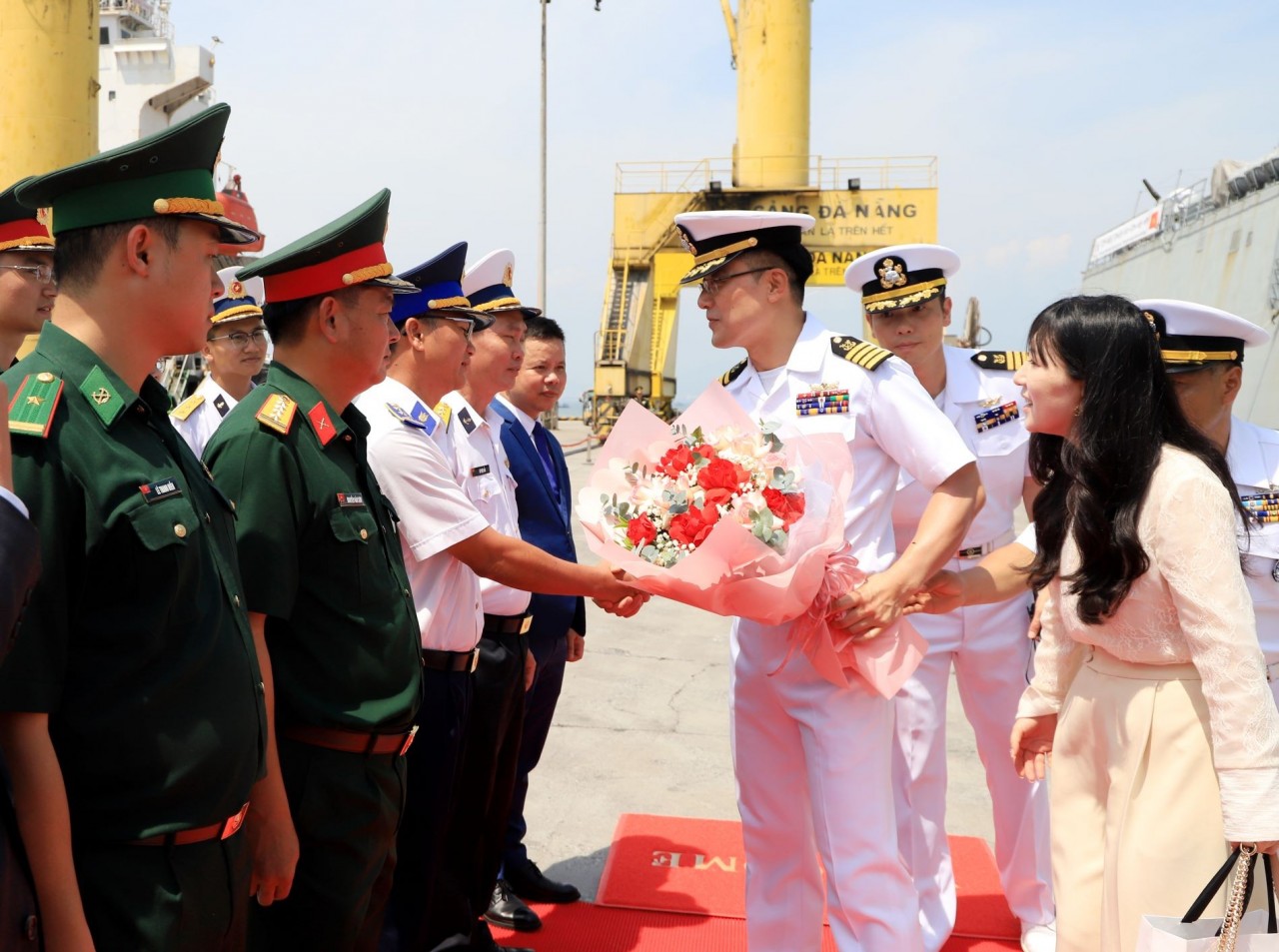 Seas and islands
Seas and islands
RoK Navy Ship Pays Friendly Visit to Da Nang City
 Seas and islands
Seas and islands
Naval Region 5 Promotes Reading Culture, Fosters Patriotism
Popular article
 Seas and islands
Seas and islands
Coast Guard Region 2 Command Hosts Philippine Coast Counterpart
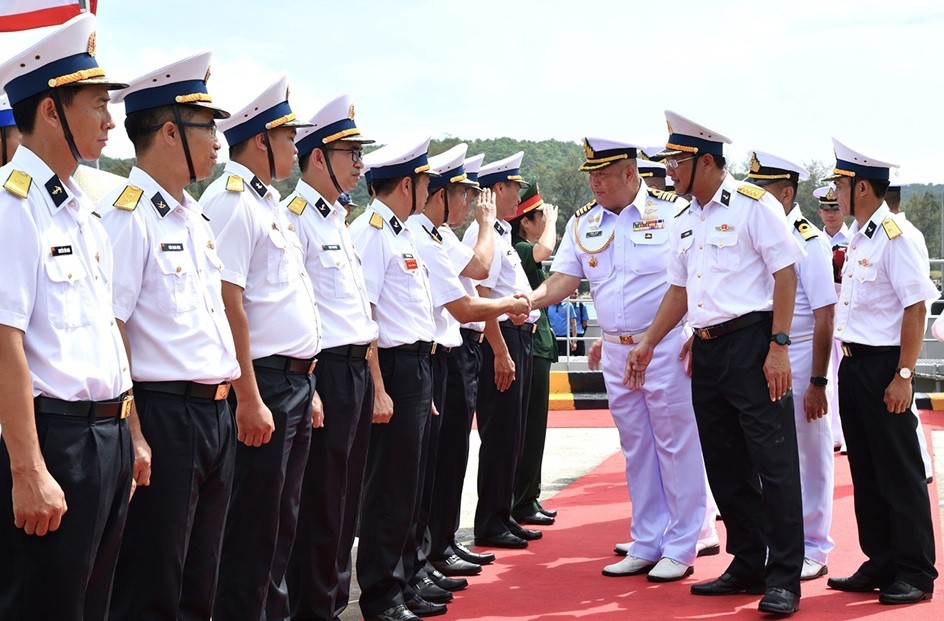 Seas and islands
Seas and islands
Vietnam - Thailand Navy: Coordination to Well Address Problems at Sea
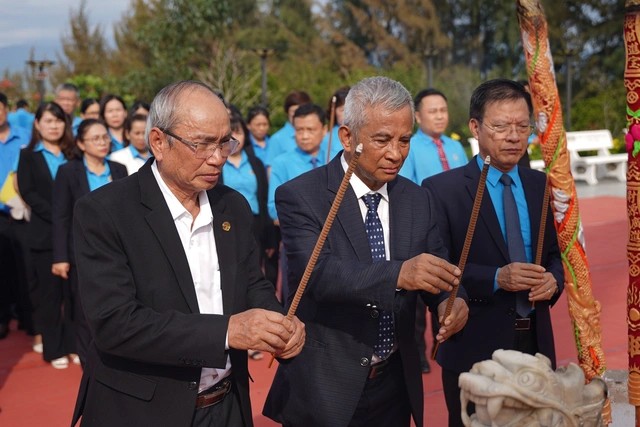 Seas and islands
Seas and islands
Honoring the Fallen: Incense Offering for the 37th Anniversary of Gac Ma
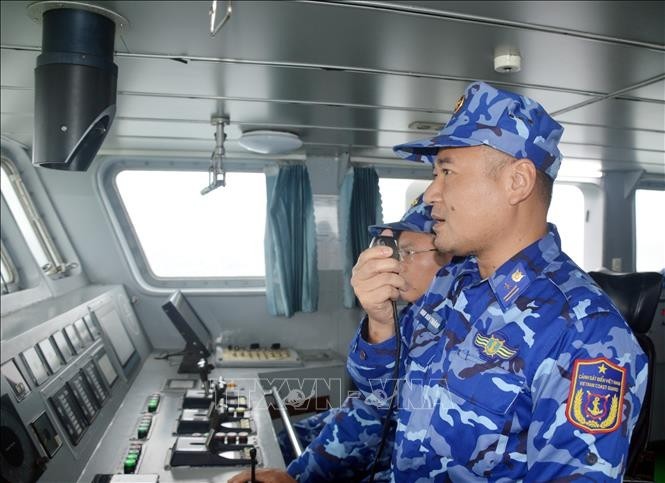 Seas and islands
Seas and islands





